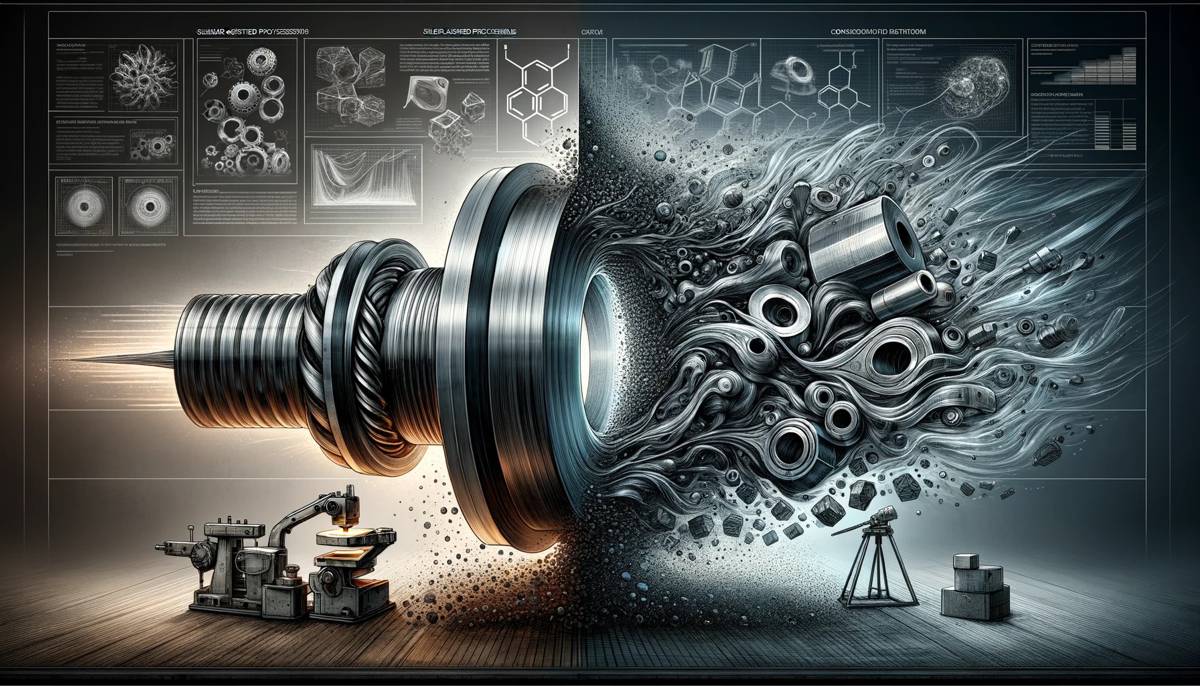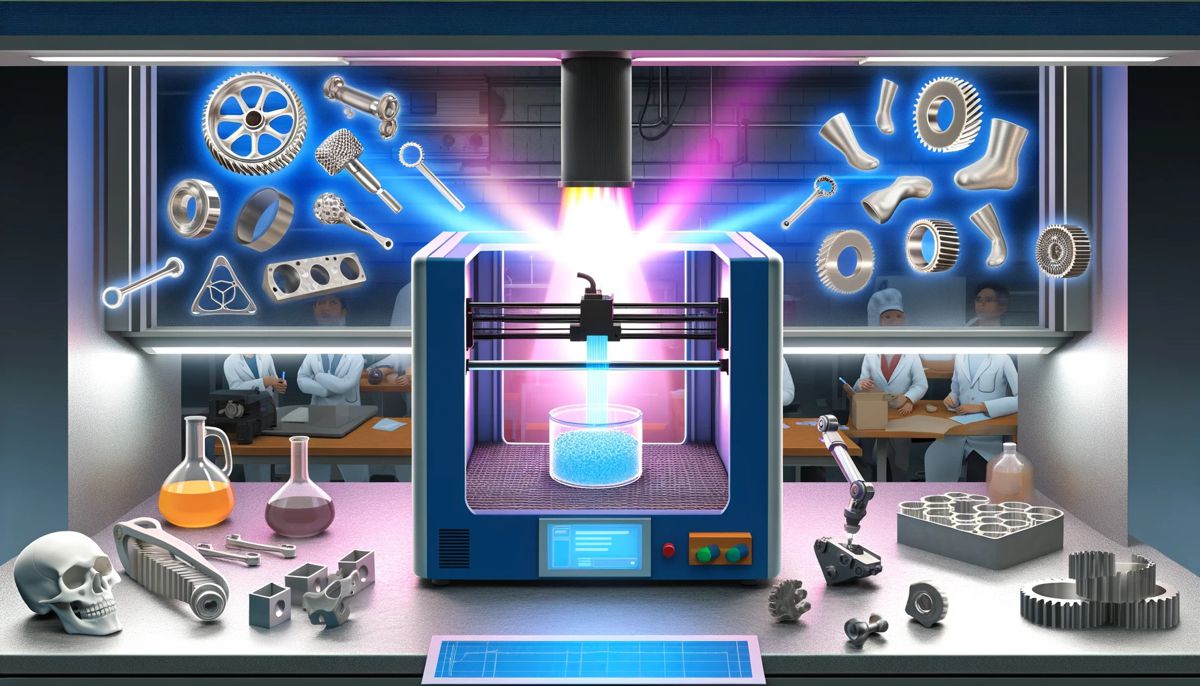Doka CAD and Formwork extend ChinPaoSan Necropolis cemetery in Taiwan
In the north of Taiwan the ChinPaoSan Necropolis cemetery is being extended by the construction of two impressive buildings – an arrival hall and a pavilion. Along with many urn tombs, in future the cemetery will also feature hotel, auditorium, museums and amphitheatre. The most notable architectural element is the Oceanic Pavilion, which combines pools of water with monumental, half cutaway spherical surfaces.
Cemeteries have an important role in all cultures and religions. As the final resting place of the deceased, in many cultures it is a place of reflection, contemplation and mourning. In some religions, moreover, the cemetery is also a holy place, assuming an important role in religious ceremonies and in the public interest.

Along with cultural, societal and ecological functions, cemeteries also discharge an artistic function. The structures they contain and the artistic design of individual tombs or the facility as a whole can render them aesthetically very attractive. The ChinPaoSan Necropolis in Taipei impresses in all these various roles, inviting visitors to linger and contemplate the architecture of its structures.
The new Arrival Hall is destined to house tombs, a ceremonial place of worship, an auditorium and small museums. Of unique design, the Ocean Pavilion can accommodate up to 1000 people on feast days and the truncated spherical features are among the most striking elements of its design. The building stands alone, and spheres and water are important to its architecture. The spherical shapes symbolise the circle of life and the infinity of time.

The element of water achieves aesthetic closure. On its website, the ChinPaoSan Group uses three short sentences to describe the cemetery and memorial park; “Finding infinite value within finite life. Discovering eternity through timeless art. At ChinPaoSan, we establish a peaceful harbour for eternal life.”
For construction of the arrival hall and the pavilion, Doka is supplying the formwork systems plus services from project management through logistics to on-site formwork instructor. The systems used include Large-area formwork Top 50, Framed formwork Framax Xlife and Dokaflex timber-beam floor formwork. Made-to-measure custom formwork built by the Doka Pre-assembly Service are used for the special spherical shapes.

“Specifically, the angles of the conjunctions points between the spheres are unique and present artistic impulses from an architectural perspective. Paradoxically, the simplicity of the design makes the construction complicated and challenging. However, Doka’s experienced engineering team met all the requirements from the architect. Additionally, the high safety standards are fulfilled”, emphasizes Mr. Tung-Ho Tsai, Head of ChinPaoSan PCM consultancy.

From model to formwork
More and more builds are of a complexity that surpasses the capabilities of two-dimensional CAD formwork planning. When this happens, the basis for formwork planning is a 3D-CAD model.
This model is the basis for all subsequent planning, production and on-site construction operations. Animations and photo-realistic images make complicated structures easier to understand and make project progress forecasts more transparent. Even before formwork planning starts, the Doka Pre-assembly Service has to agree to the concept and the 3D model makes this all the simpler.
The points covered include the orientation of the profiled timber formers, the make-up of the formwork sheeting, and the ways and means of assembling the formwork.

Doka came up with a plug-in system, which was specially designed for the formwork of any 3D shapes. Timber formers, manufactured as a system of push-fit elements, are the basis for the free-form curving 3D formwork surface.
The geometry data for these timber formers are transferred directly to the CNC (Computerized Numerical Control) spindle moulders and routers in the Doka Pre-assembly Service workshop. The push-fit system enables the timber formers to be locked together quickly and securely. Production is more efficient and assembly is all the faster, because less training is needed for the personnel.















